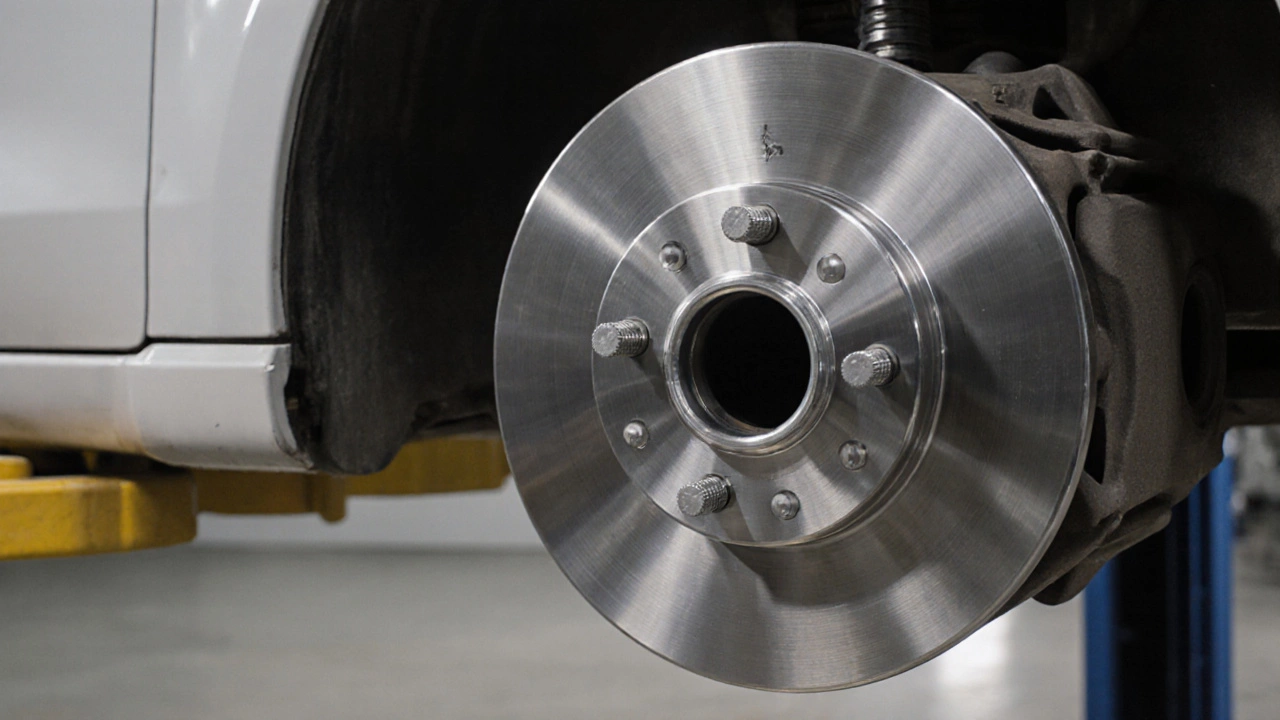When working with Wheel Alignment, the process of setting a vehicle's steering and suspension angles so the wheels point in the optimal direction. Also known as wheel geometry tuning, it helps ensure even tire wear, stable handling, and fuel efficiency. Key angles like Camber and Toe define how the tires meet the road, while the overall Suspension supports those angles. In plain terms, proper wheel alignment prevents uneven tread loss, reduces pulling during straight‑line driving, and keeps your car responsive in corners. If you install Wheel Spacers, a fresh alignment is often required because the spacers change the wheel offset and can alter camber and toe settings.
Misaligned wheels quickly show up as tire wear patterns—one side of the tread may wear faster, or you might notice feather‑like scratches on the inner or outer edges. Those signs usually mean camber is too extreme or toe is off‑center. Beyond tires, the car can feel like it’s pulling to one side, and cornering can feel loose or overly tight. Installing lowering springs or a body kit also shifts the suspension geometry, meaning the factory‑set alignment may no longer be accurate. That’s why many enthusiasts who drop a car’s ride height opt for a professional alignment afterward; the new ride height changes the suspension angles and can introduce unwanted camber gain.
Checking alignment at home is doable with a few tools: a tape measure, a string line or laser, and a level. You’ll want to measure camber, toe, and caster. Camber tells you if the top of the tire leans inward (negative) or outward (positive). Toe shows whether the front of the tires point toward (toe‑in) or away (toe‑out) from each other. Caster, the tilt of the steering axis, affects steering return and stability. If you’re comfortable with a basic DIY setup, you can adjust the tie‑rod ends for toe and the strut mounts for camber, but a professional shop has computerized equipment that logs exact angles and makes fine‑tuned adjustments in seconds.
Whether you’re tweaking a new body kit, swapping out suspension parts, or just want to keep your tires lasting longer, understanding how wheel alignment fits into the bigger picture saves time and money. Below you’ll find articles that dive deeper into related topics—like how lowering springs affect ride comfort, the impact of wheel spacers on tire wear, the role of suspension geometry in body kit installations, and practical tips for keeping your car’s alignment spot‑on after any modification. Use these resources to fine‑tune your ride and stay ahead of wear and handling issues.

A practical guide answering whether wheel spacers are safe for daily driving, covering types, installation, safety, legal issues and real‑world tips.